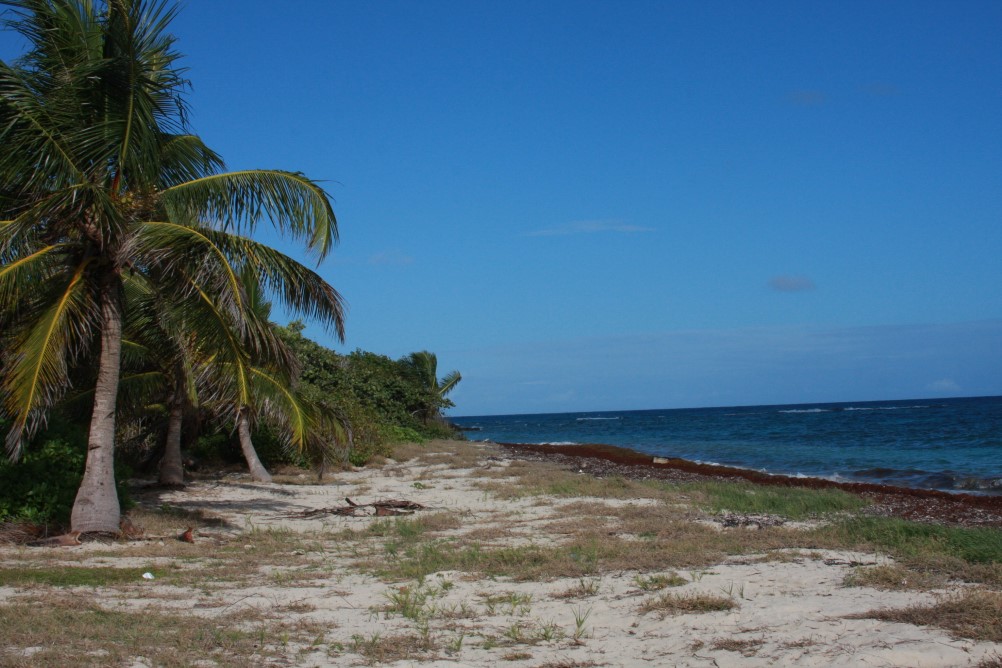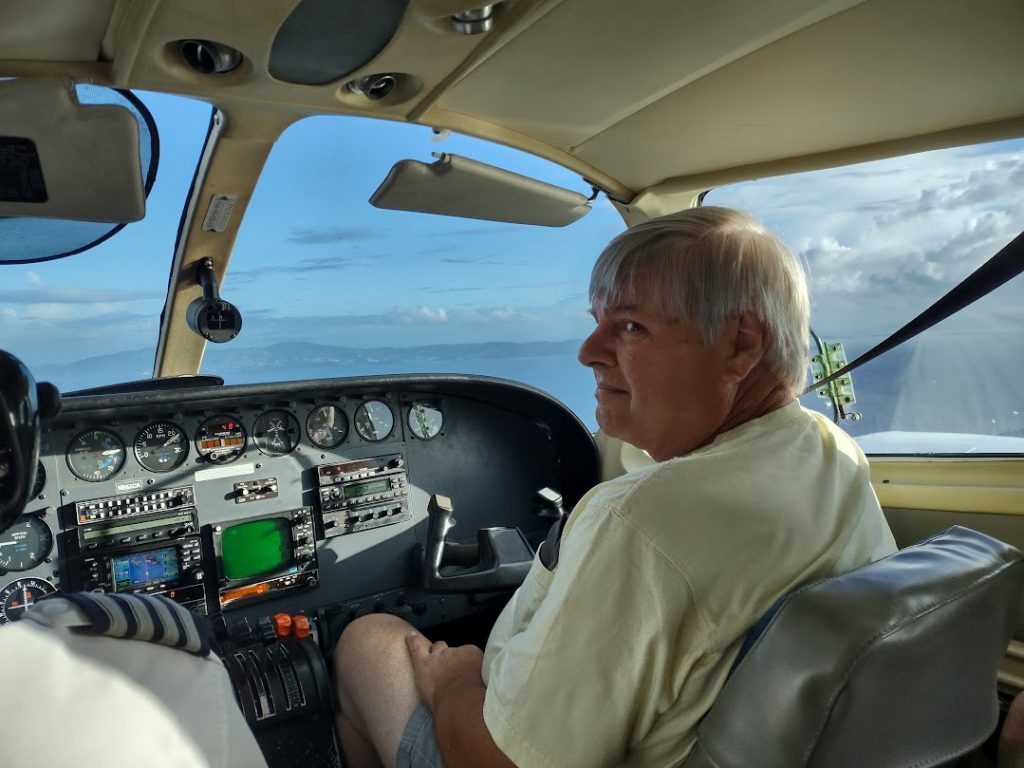Great weather, great food, and great sites to visit
It was in November 1981 when I last visited the U. S. Virgin Islands as a sailor aboard the USS South Carolina. I so enjoyed that visit that I vowed to return again after my Navy days were over. Little did I know it would take over 41 years to fulfill that promise.
My quest to visit all 424 official sites of the National Park Service means some trips are in the dead of winter if I intend to finish in a reasonable time. Fortunately, there are enough parks in southern or tropical locations to provide at least three or four winter trips. Last year, I ventured through the deep south but had to cut the trip short due to back pain (solved with surgery a month later).
This year, I decided it was time to make that return trip to the Virgin Islands, home of five National Park sites including a full-fledged National Park n St. John. To fill out the trip, I included a stop in Puerto Rico and visited the five sites in southern Florida.
I had a companion for this trip, which made the journey far more enjoyable. We headed out early on a Sunday morning heading to the Gulf Coast and De Soto National Memorial. The small site packed in a lot of early Spanish history. I never realized how quickly the Spanish expanded their presence over the hemisphere, with De Soto making landfall at this site less than 50 years after Columbus’ first journey.

Speaking of Columbus, we stopped by the only known place on American soil where Columbus made landfall. It was part of Salt River Bay National Historical Park and Ecological Preserve, or as it may more aptly be known: Closed for Repairs. I’m rather disappointed in the National Park Service for making no progress on reopening a visitor center here after the existing one was damaged IN 2017 from a hurricane.
Worse, the road to the visitor center is no longer marked, so one cannot even walk in and enjoy the views. I found that two of the three sites on the island of St. Croix seemed to suffer this neglect. The fort at Christiansten National Historic Site had storm damage, though repairs were underway, while other nearby buildings that are part of the park are closed and locked. Information on the parks had to be obtained across the street, through the parking lot, and up the back staircase, knocking three times on a locked door and awaiting a park ranger!
Before we headed to the Virgin Islands, though, we visited Big Cypress National Preserve and Everglades National Park. These two combine to protect much of the southern portion of the water flow from Lake Okeechobee to the Gulf of Mexico. Contrary to common belief, they are not swamps, as the water is on a slow but steady path to the south.
This was my fourth visit to the park, but as enjoyable as the first. Whereas parks located in the mountains mark the road’s elevation above sea level every thousand feet, in the Everglades, it is marked every foot as a single foot can dramatically change the vegetation and wildlife it supports.
The surprise I found in planning this trip was the presence of an abandoned Nike Missile Base inside the park. Build in the mid-1960s as a response to the Cuban Missile Crisis, it served until 1980 housing surface-to-air missiles in defense of the southern border. The park offered a ranger tour of the old facility which was quite interesting.

The next day, we traveled the Overseas Highway across the Florida Keys to Key West, where we caught the “Yankee Freedom” – the ferry to Dry Tortugas National Park. If you are ever able to visit this park, try to catch the ferry on a day when “Hollywood” is the tour guide (yes, his name tag actually says that). He has been doing the trip for nine years and does an excellent job.
Early the next morning we headed to San Juan, Puerto Rico to visit the San Juan National Historic Site. The site consisted of two old Spanish fortresses, the older of which saw construction start in 1539 and end with the last modifications made around 1940 when the United States used the forts to watch for German U-Boats entering the area.

This was my first visit to Puerto Rico and I enjoyed it, finding good food and friendly people.
A highlight of the trip was our flight from St. Croix to St. Thomas. This is a 20-minute flight aboard a twin-engine, 8-seat Cessna. The plane has only one pilot, so the co-pilot’s seat is a paid passenger seat and I was the lucky one to sit there. Needless to say, the view from the front was great – probably the best airline seat I ever had!
Perhaps the best part of the trip was the weather. Apart from a 30-minute downpour on our first day in St. Croix, we had nearly perfect weather, with temperatures in the low 80s (F) and that comfortable tropical breeze blowing in from the water. With four separate plane flights, the ferry to Dry Tortugas, and hotels’ in-season rates in the Caribbean, this was far and away my most expensive trip. Yet it was also one of the most relaxing and enjoyable trips.
It also left me wanting to return again – hopefully in less than another 41 years.
I am glad to see that you are still working on your list 🙂
I’m now at 76 sites visited and having a blast. The next two trips are already fully planned for the next four months and will add 33 more sites.